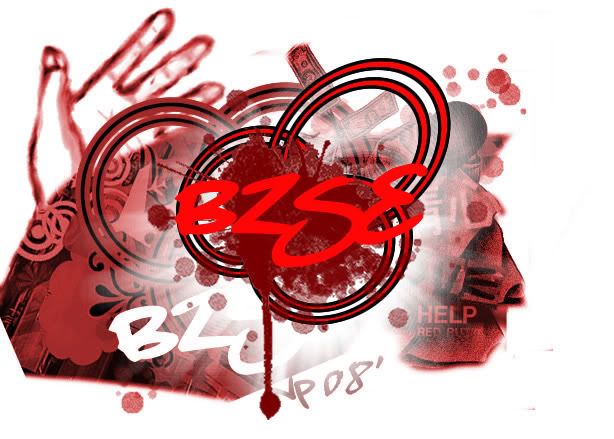Friday, May 21, 2010
SinYee
The Philippines has the highest incidence of rural poverty in the whole of Southeast Asia. The reason is obvious: the Philippines, for a variety of reason, neglected agricultural and countryside development. The facts speak for themselves. Some 77% of poor Filipinos live in rural areas and account for 52% of the entire population. Most, if not all, are dependent on agriculture. This neglect of agriculture is the harmful side-effect of the flawed inward-looking, import-substitution industrialization policy that the Filipinos pursued for close to three decades after the WWII
This policy spawned a host of highly inefficient, capital-intensive, import-dependent industries at the expense of more labour-intensive small and medium-scale industries that could have contributed more to poverty eradication through the generation of more jobs. To artificially prop up these import-dependent industries, Philippines concentrated their scarce domestic capital on urban infrastructure and adopted policies that were biased against the rural poor.
To achieve Goal 1 of Millennium Development Goals which is for the eradication of extreme poverty and hunger, The World Bank plays an important role in fighting these root causes of poverty.
The three biggest donors to the Philippines are the World Bank, the Japanese government and the Asian Development Bank (ADB) and they provide about 98% of the overseas development aid that the Philippines receive. Between 1986 and 1999, the Philippines has received 27 billion dollars from these three, as well as other donor countries. That is a little less than two billion dollars per year, which is a lot of money that, unfortunately, has not translated into success in fighting poverty.
By working together with the help of Philippines government, World Bank and ADB have contributed a lot in fighting against poverty in Philippines. The ADB focuses on health and education for the Metro Manila population, job-creation and economic growth. While the World Bank focuses on economic recovery, human development and providing safety nets.
In 2002, The Philippine Government and the World Bank signed a loan agreement for the US$100 million loan for the KALAHI*Comprehensive and Integrated Delivery of Social Services (KALAHI-CIDSS) Project. The project will strengthen local communities’ capacity to design, implement, and manage development activities. More than 5,300 poor barangays in 193 municipalities in 40 of the poorest provinces nationwide are expected to benefit from this project. These will be mostly in rural areas, where most poor Filipinos live. In addition to the immediate benefits to the communities, the investments are also expected to have a longer term impact as the local communities are given the opportunities to participate in the development process. The project is expected to promote good governance, transparency, participation with local level decision-making, and increased accountability.
One important element of the World Bank programme in the Philippines is addressing corruption through a number of governance reform measures in the different agencies of government. If the World Bank and other influential institutions engage in combating corruption, this can only be a good thing. They may be able to use their influence to improve governance in the Philippines.
Quite clearly, the donor community has made substantial financial resources available to the Philippines and has become quite influential in crafting the policies of government. Debates rages, however, over whether these policies have been the cause of greater poverty because on one hand, the Philippines has received a lot of money supposedly to fight poverty, but on the other hand, the poverty situation has not improved much, but they are now deeper in debt.
Recommendations
Since the overwhelming majority of the poor are in rural areas, organizations must focus on helping small farmers, landless farm workers, subsistence fisherfolk and other rural dwellers and their children access technical and quality basic education, credit, information, land and other physical assets, infrastructure, utilities and health services. They should fill the void left by inadequate government programmes that usually suffer from not just financial inadequacies but bureaucratic inefficiencies and corruption. Top corporations should identify areas of poverty alleviation in which their management expertise, product or service scope and other relevant factors would make them effective partners of government and civil society.
We Loved11:31 AM





 April 2008 past
April 2008 past